Meet Miri Paez Bolet
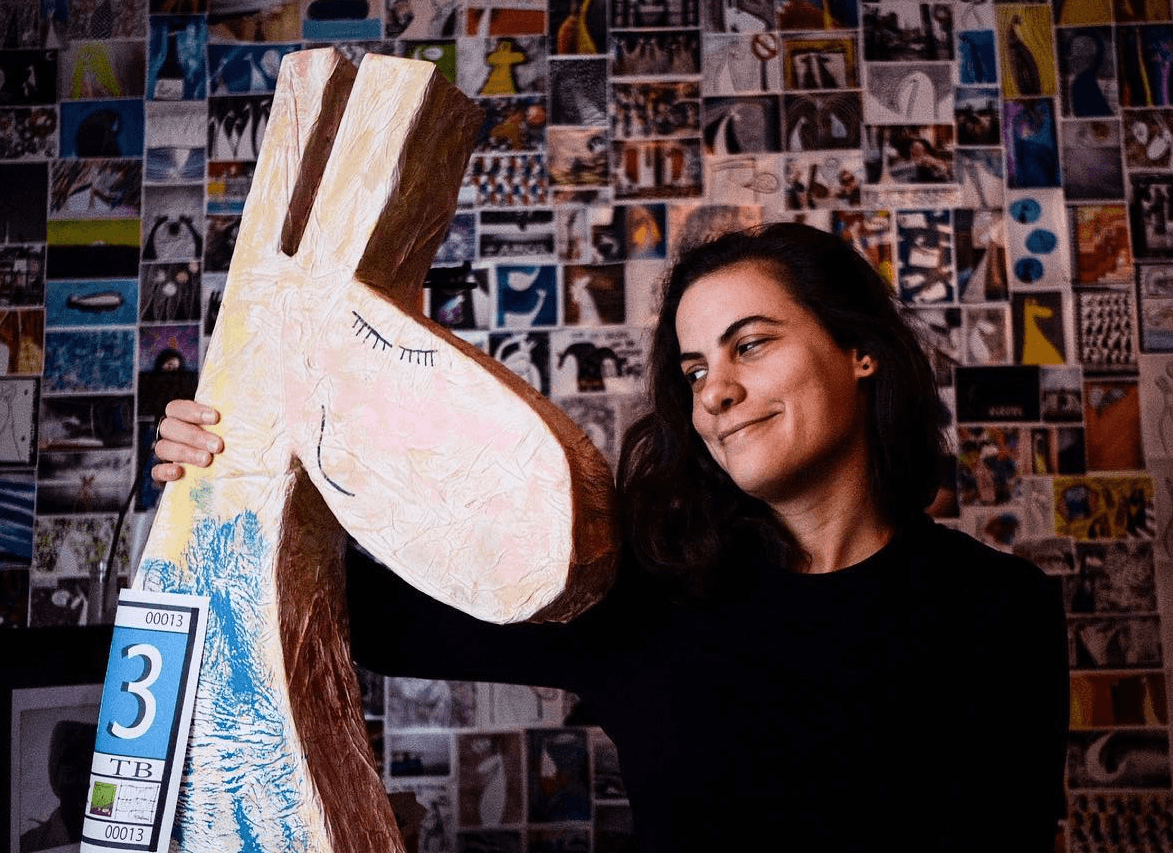
We had the good fortune of connecting with Miri Paez Bolet and we’ve shared our conversation below.
Hi Miri, how has your perspective on work-life balance evolved over time?
Work-life balance for me has never looked like doing just one thing at a time. I’ve always been someone who lives in the intersection of many worlds: I’m a musician and music teacher, I work full-time as a paralegal at a software company, I illustrate daily for my creative universe called Jirallamas, and I’m constantly studying music—not just playing the piano, but analyzing, researching, and exploring musicology in depth.
I studied Graphic Design so I could design and publish my own illustrated books, and I also studied Audiovisual Communication, which helps tie all of my creative projects together. Right now, I’m juggling multiple book projects with the Jirallamas, teaching piano, working in law, taking dance classes, going to the gym… and somehow making it all flow.
I’ve learned that balance isn’t about doing less—it’s about being intentional. Discipline and time management are key. I keep a schedule and try to be consistent, but I also give myself space to flow creatively. If you’re passionate and consistent, you can design a life that fits your rhythm. Balance, for me, is not about stillness—it’s about motion with purpose.
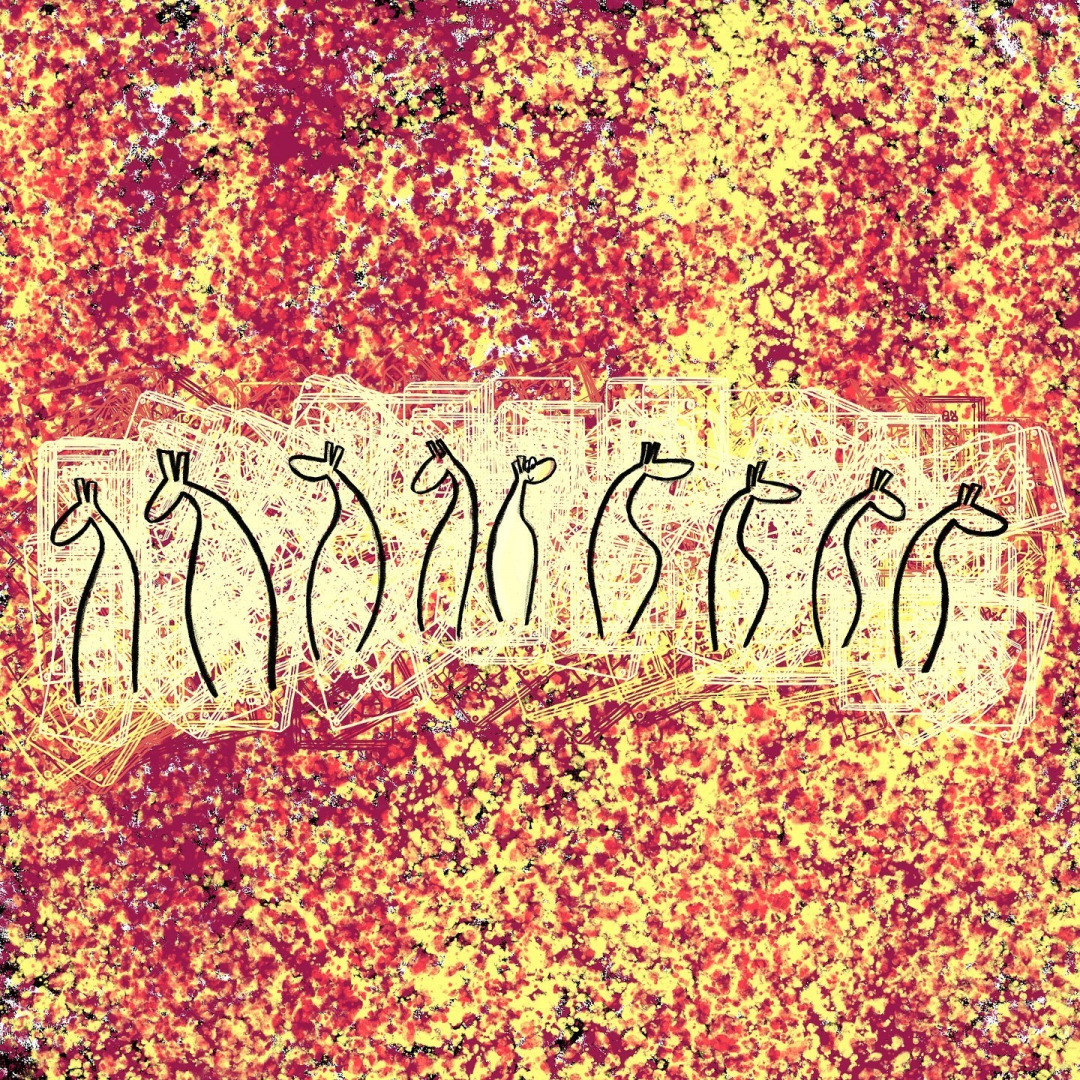
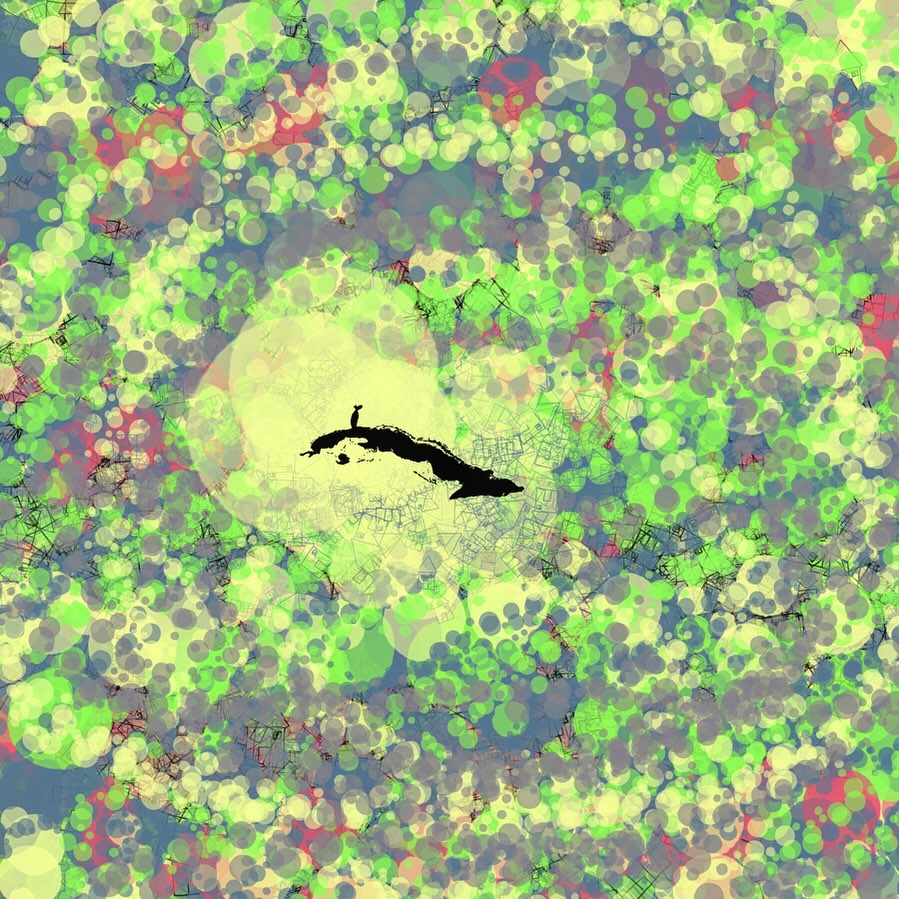
Alright, so let’s move onto what keeps you busy professionally?
My journey as an artist started very early. I began studying piano at the age of 5, and by 7 I was already enrolled in a music conservatory in Cuba. Music has always been my anchor, but I’ve never limited myself to just one form of expression. Over time, I also fell in love with photography, research, and storytelling.
When I graduated from music school in 2007, I made a bold choice: I enrolled at the University of the Arts in Havana to study Audiovisual Communication—cinema, radio, and TV—because I wanted to connect music and research with the media, and explore new ways of telling stories.
In 2009, I created the Jirallamas—hybrid characters that are part giraffe, part llama. They started as whimsical companions and soon became much more: my alter-egos, my visual voice, and now the protagonists of my books and illustrations. They’ve grown with me and evolved into symbols of resilience, creativity, and Cuban diasporic identity.
Leaving Cuba in 2013 and moving to Miami—the heart of the Cuban exile—was a turning point. Living outside of the system that shaped my early education helped me better understand my own identity. It’s been a deep and ongoing process of unlearning and reinterpreting what it means to be Cuban.
In Miami, I studied Graphic Design to gain the skills needed to bring the Jirallamas universe to life through books and multimedia projects. I’ve now published two books:
• ¿Un Cancionero Ilustrado para María Teresa Vera? Sí, por las Jirallamas is a tribute to one of the most iconic women in Cuban music. It includes research, transcription, and illustrations of 117 songs, along with companion videos on YouTube—an important document for Cuban popular music.
• Código RIDI – RIDI Code is a playful yet structured bilingual guide to navigating ridiculous situations (what I call “RIDI”) with dignity and humor. Inspired by my role as a paralegal, it blends the form of a contract with a self-help manual, full of illustrated cases, emotional tools, and protocols for personal growth.
The Jirallamas have become the soul of my artistic brand. You can find my books, photography, and a growing collection of Jirallama-inspired products on my website. More than anything, I hope my work invites people to reflect, smile, and reconnect with their own creative power.
It hasn’t been easy—but every challenge has been fuel. I’ve learned that building a multidisciplinary life takes patience, intention, and a bit of joyful rebellion. I want the world to know that you can carry your culture, your story, and your imagination into every space you walk into—and you can do it in your own voice.
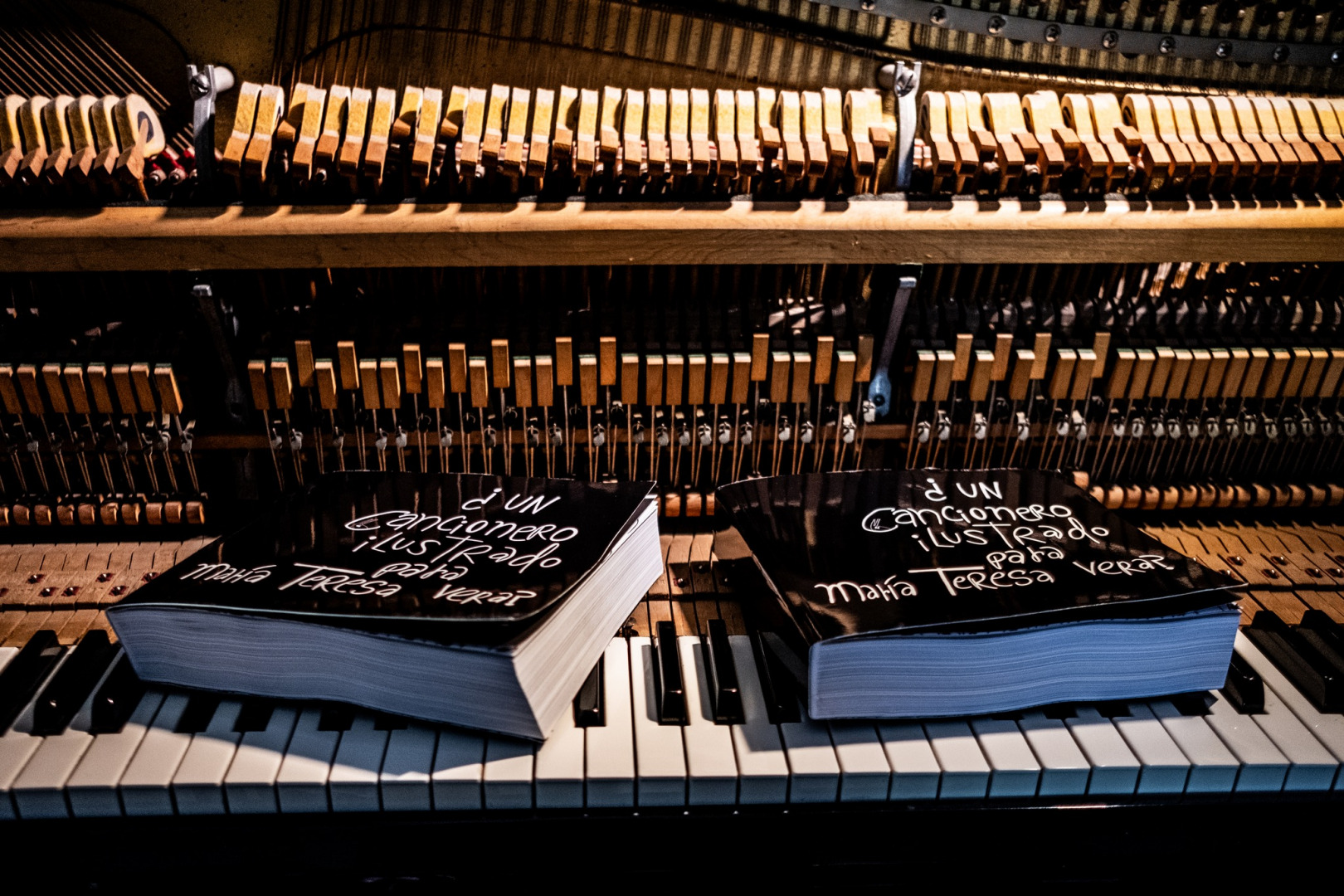

Any places to eat or things to do that you can share with our readers? If they have a friend visiting town, what are some spots they could take them to?
One thing I’m deeply passionate about is the Cuban Diaspora—and I feel a strong sense of responsibility to preserve and share that history. So, when friends visit me in Miami, I often plan a “Cuban exile immersion tour.” Whether they’re Cuban or not, I guide them through the stories that the Cuban Revolution never told us, offering a perspective from the outside that helps us reclaim our own narrative.
We start at the Cuban Memorial Boulevard in 13th Ave. and 8th Street, where I walk them through the monuments, the exile landmarks, and the emotional weight of that space. Then we head to Calle Ocho, the beating heart of Cuban Miami. We stop for any cafecito cubano (of course!)—and I take them to the iconic Parque del Dominó, where older Cubans gather daily to play, argue, laugh, and keep the spirit of the island alive.
Food is essential. We go to La Carreta or Versailles for masas de cerdo fritas, yuca con mojo, arroz congrí, and batidos de mamey—because food is memory, and these dishes tell stories of resilience and cultural pride. If they’re curious about history, I take them to the American Museum of the Cuban Diaspora or other galleries that preserve and tell our history.
Beyond the Cuban-centered stops, I also show them Miami’s broader cultural richness: Wynwood Walls for urban art, Coconut Grove, a concert or play at the Arsht Center, Miami Beach, or a Sunset walk in Key Biscayne to reflect and wind down.
To me, Miami isn’t just a tourist destination. It’s a living archive of memory, resistance, creativity, and transformation—and I love showing it through that lens.
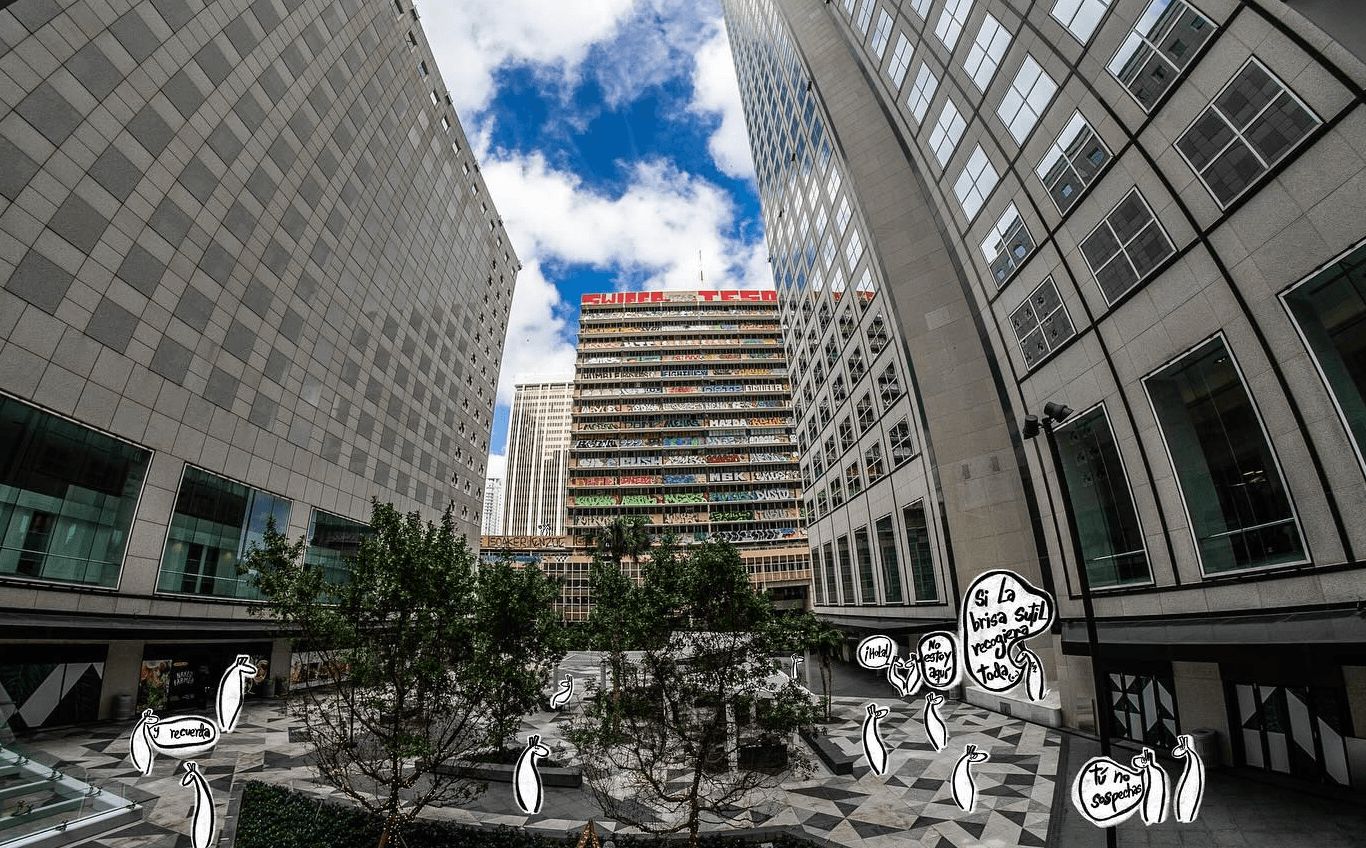
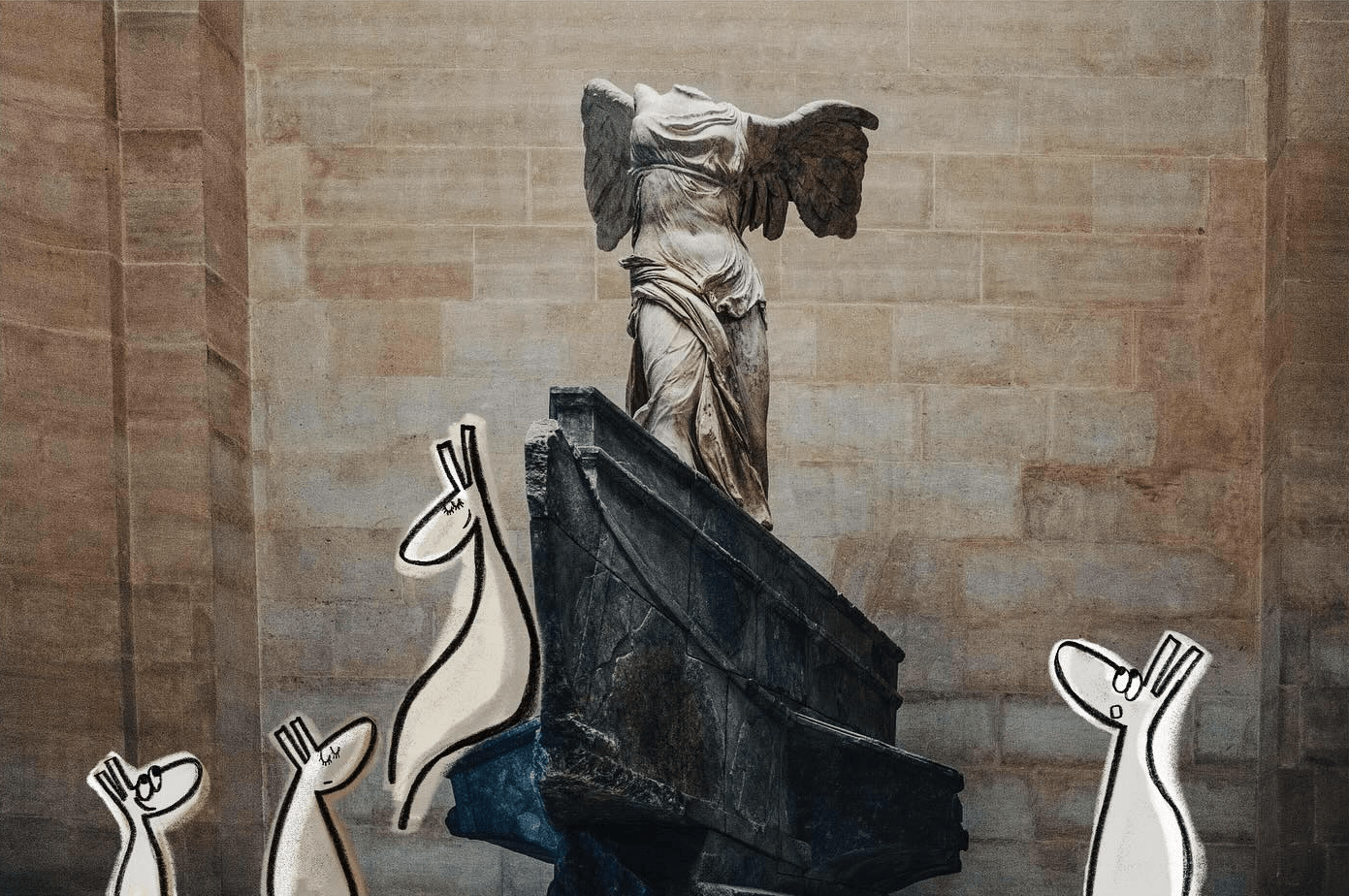
Who else deserves some credit and recognition?
Without a doubt, my biggest inspiration has always been my mother. Even while living in communist Cuba, she found ways to shape my education with care and intention. She made countless sacrifices to ensure I had access to learning—enrolling me in all kinds of classes and creating an environment where curiosity could grow, despite the limitations.
She’s a Cuban doctor who worked under extremely difficult conditions, with very limited resources and little recognition. Yet she always carried herself with integrity. Her sense of punctuality, discipline, compassion for others—even when surrounded by immorality or chaos—left a deep impression on me. She gave my sister and me the confidence to trust our decisions and follow our paths with clarity and strength.
My father was also a steady and supportive presence at home. His calm strength grounded our family, and I’m incredibly grateful for that.
Later in life, some of my music teachers played key roles in shaping my character and creative identity. I’ve also been deeply inspired by the lives of artists and thinkers I’ve studied, whose stories became personal roadmaps for resilience.
And finally, I have to recognize my students and my friends. Teaching and learning are never one-way streets. I’ve grown so much through my relationships with them, and their presence continues to teach me how to listen, create, and evolve.
Website: https://www.miripaezbolet.com/
Instagram: https://www.instagram.com/miripaezbolet/
Linkedin: https://www.linkedin.com/in/miri-p%C3%A1ez-bolet-66396275/en
Youtube: @miripaezbolet / @jirallamas / @miritapaezbolet
Other: https://www.instagram.com/jirallamas/
https://www.instagram.com/cancioneroilustradomtv/
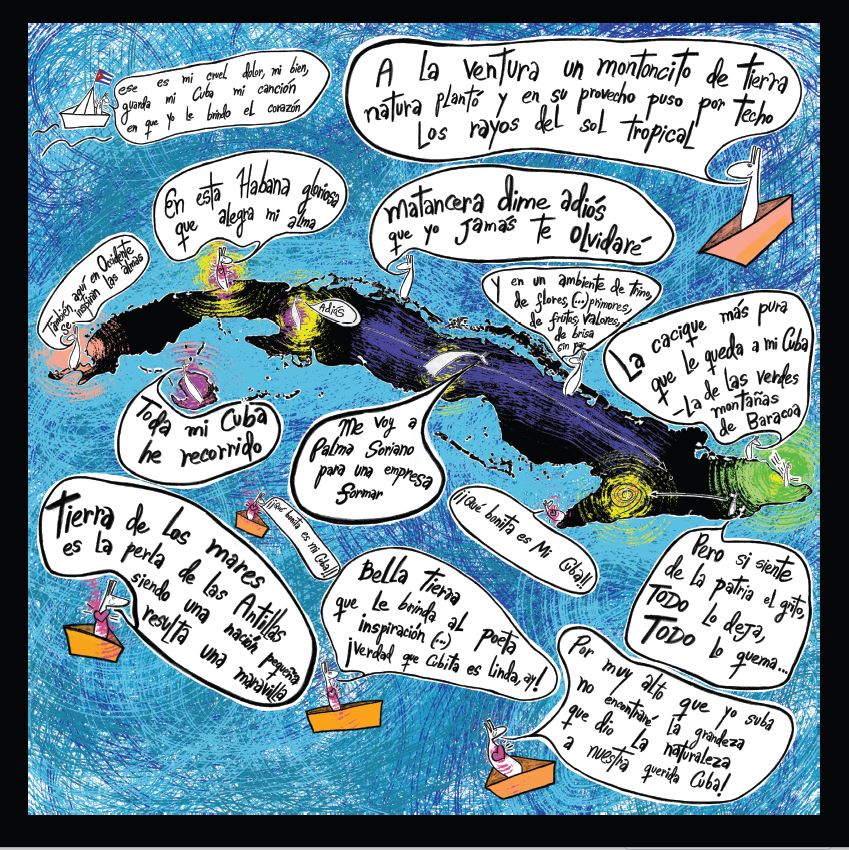

Image Credits
Miriam Paez Bolet
